As the summer season arrives in full force, we will spend more of our lives in the great outdoors, pulling off the ottoman covers from our patio furniture so that we may properly enjoy our life under the sun. With summer also comes the possibility of gardening. By innovating your home garden with modern solutions, you can achieve full use of the growing capabilities your backyard has to offer. Like most hobbies, keeping a garden requires dedication and consistent work, whether that be tending to a collection of flowers or a row of herbs, or curating backyard furniture. Modern times call for modern measures and with these helpful tips to guide your green thumb, you’ll find the creative inspiration to have a garden blossoming with innovation.
The Magic of Modern

Let’s begin our journey with a trip to a land rich in both vegetation and innovation. Florida is known worldwide for the copious amount of orange groves that cover the Sunshine State. It is also home to the wonderful World of Disney, where innovation lives. Tucked away inside the futuristic world of Epcot, Living With The Land takes park goers through a cutting edge greenhouse, home to 9-pound lemons, character-shaped pumpkins, and large sweet potatoes. All growing without ever touching soil.
While this Wonka-esque structure might not be ideal for backyard building standards, the same principle can surely apply when it comes to finding an innovative solution in modernizing your backyard garden. A DIY greenhouse is an ideal building block for any modern home garden and one that, if properly maintained, can last for years. It is the first step in modernizing your backyard garden. Greenhouses provide benefits ordinary gardens are limited by. Greenhouses are ideal for keeping heat in and impeding the flow of thermal energy out. As sunlight passes through the transparent “walls” of the greenhouse the ground heats up – which, in turn, radiates warmth and heats the air. If too much heat is a problem, a greenhouse can help you create or regulate a more temperate environment for plants by adding a cooling mechanism such as a swamp cooler and cover.
Turn Your Garden On It’s Head
Having a vertical garden might seem like a tall order. However turning your garden on its head is easier than you think. In vertical gardening, it’s crucial to use structures to define the hidden spaces ideal for planting. Trellises, attached to the ground or to large containers, allow vines, flowers, and even vegetables to properly root in vertical garden pots, eliminating the wasted space that traditional gardening requires.
- Start by properly anchoring your vertical gardening structure before planting. This allows you to avoid disturbances in rooting, allowing stems to take hold of the soil. It’s important to keep density of plants in mind when doing this, pairing heavier, more demanding plants with sturdier pots and structures within your vertical garden. If weather conditions prove to be unpredictable, you can protect plants from whatever mother nature may throw their way with a customized cover.
- Position tall plants that might cast shadows in a manner that doesn’t impede the growth of less obtrusive plants.
- Understand that plants grow less conventionally in a vertical garden. Be sure to adequately research the best growing practices before taking the plunge into vertical gardening.
- Finally, plants growing in vertical gardens need more attention, with frequent watering and fertilization. This is crucial as they’re more vulnerable to the exposure of sun and wind.
Water Water Everywhere

Farm to table is all the rage. There’s something deeply gratifying and delicious about the freshness that comes with growing your own vegetables. With modern growing practices, you don’t necessarily need traditional soil to properly produce robust plants. Hydroponic gardening is the practice of growing plants by eliminating the guessing game that comes with watering, fertilizing and disease control, so you spend less time worrying and more time achieving your garden dreams. This 21st century approach comes from basic plant science. Growing mediums that employ clay pebbles, coconut coir, rock wool, or even recycled glass offer a maximum amount of oxygen, allowing the ideal uptake of nutrients for plants every hour.
- The Wick System
Wick systems are the simplest systems mechanically, with no moving parts or electrical components. This system is not ideal for water-hungry plants like lettuce or tomatoes but works best for microgreens, herbs, and peppers. - The Raft System
Water culture systems are another simple system to set up. In these systems, plants are placed in styrofoam platforms that float on top of nutrient-enriched water reservoirs. Unlike the wick system, you will need to aerate the water in this system. - Ebb and Flow
Ebb and flow systems, also called the flood and drain systems, are slightly more complex in design but extremely versatile. This system works by flooding the growing medium with a water-nutrient solution, then drains it back into the reservoir for recycling.

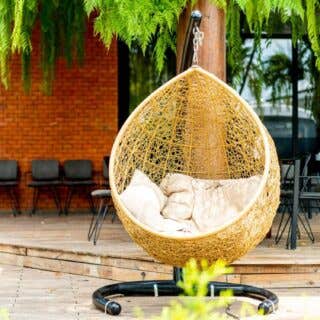




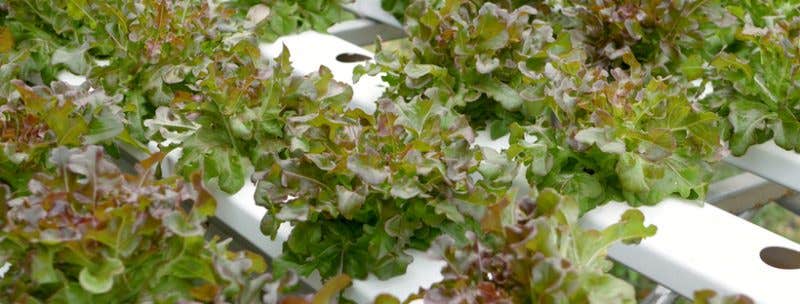
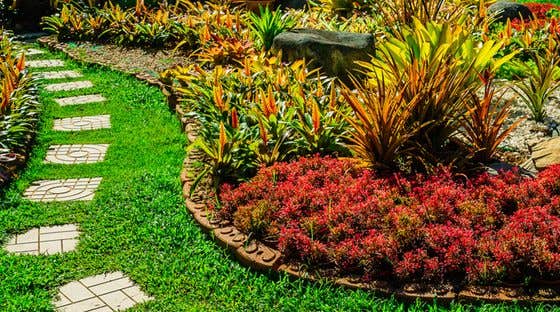
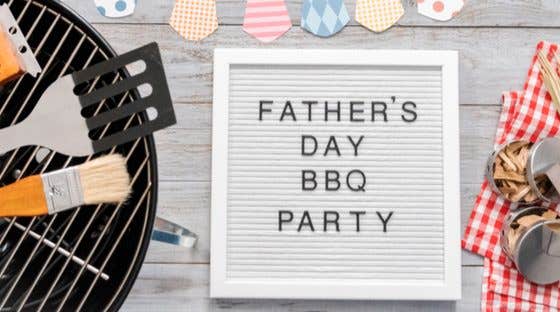
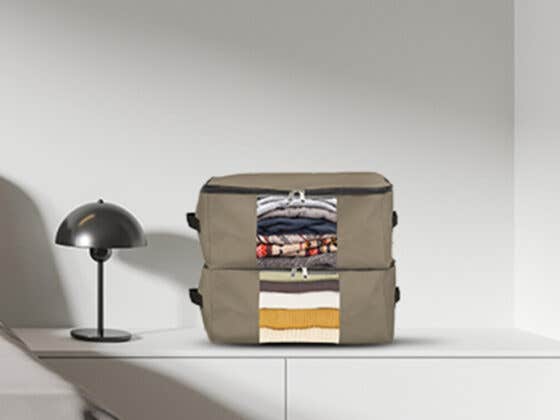
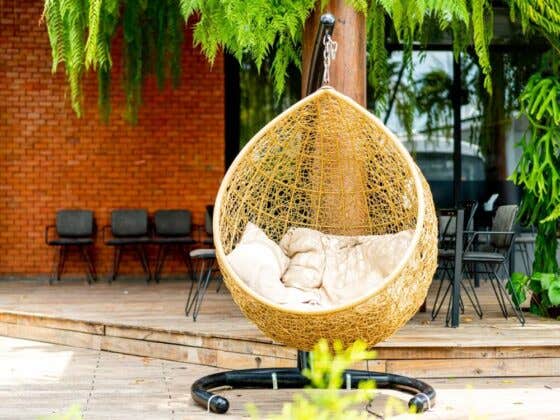
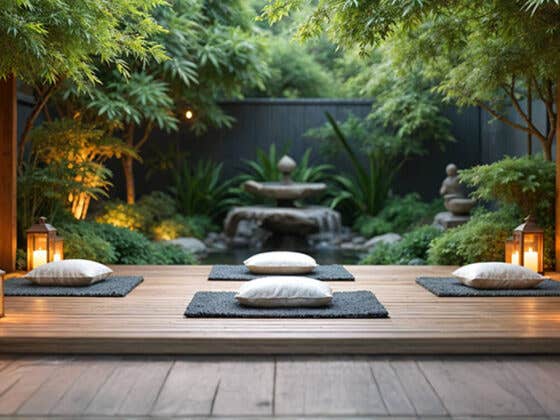
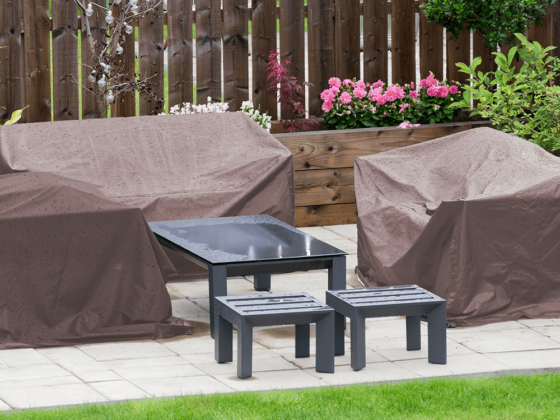


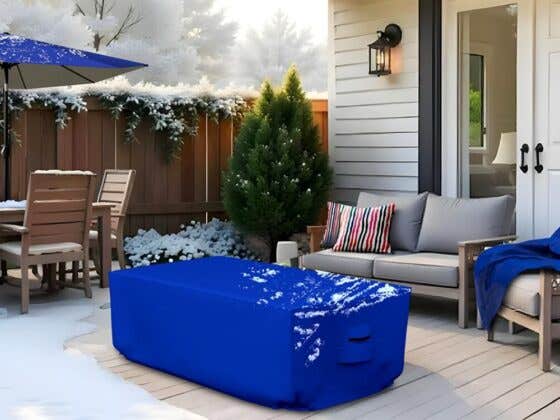

Recent Comments